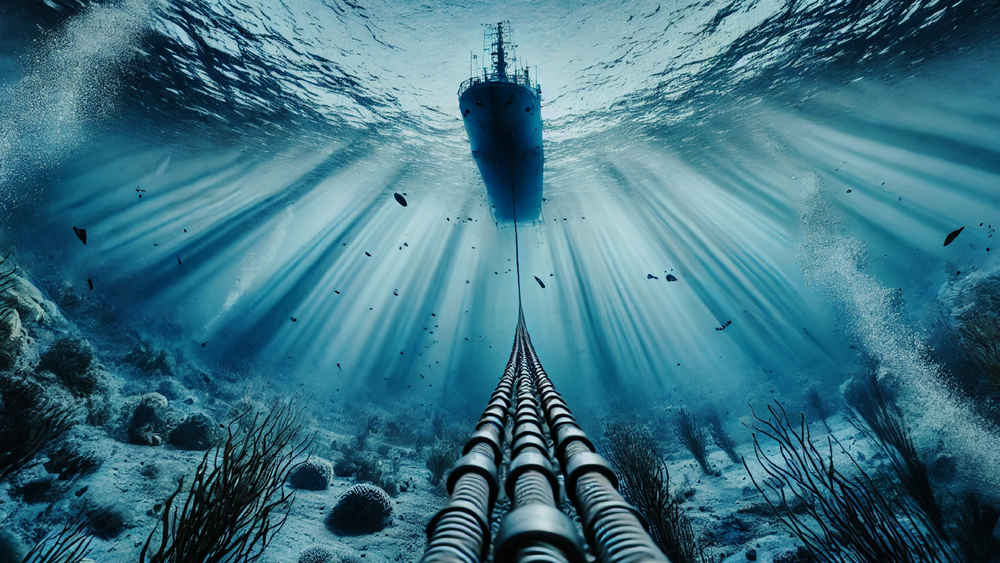Challenge
Anti-submarine warfare (ASW) is moving to multistatic sonar: separated projector(s) and towed receiver arrays that must work in noisy, shallow, and variable waters. That shift makes the tow cable mission-critical. It must carry power and data with ultra-low self-noise, survive repeated launch & recovery without fatigue failures, and pass defense-grade verification (design, analysis, test) before it ever sees saltwater. Meanwhile, navies demand smaller, lighter systems that still deliver range, resolution, and reliability. Meeting all of that at once requires a supplier who can co-engineer mechanics, acoustics, and interfaces and then prove the result end-to-end.
Solution
DeRegt partnered with Ultra on the Netherlands’ Multi-static Active Passive Sonar (MAPS) program, commissioned by Commit (Commando Material and IT). Scope: design, qualify, and produce the tow cables and interfaces for both the projector and the receive array, inside a single, traceable flow: design → verification → validation → production → test. That all-under-one-roof approach matters in defense; it closes gaps between drawings, metallurgy, and sea trials.
Technically, the cable stack balances four competing demands:
- Mechanical survival under tow: tension margins, bend-over-sheave life during launch & recovery, and fatigue durability over thousands of cycles.
- Signal integrity: stable power delivery and low-noise data paths so the array hears targets, not the cable.
- Acoustic compatibility: geometry designed to minimize self-noise coupling into the array.
- Maintainability: qualified terminations and interfaces that meet defense standards, not “best effort.”
Program discipline matched the physics: demanding specifications, iterative design reviews with system engineers, and formal acceptance testing before shipboard installation. Ultra’s leadership called out DeRegt’s focus on detail and quality and the rarity of a supplier that can design, verify, validate, build, and test dynamic sonar cables in one location.
In-fleet installation: MAPS has been installed on Royal Netherlands Navy M-class frigates Zr.Ms. Van Speijk and Zr.Ms. Van Amstel.
Result
A deployable multistatic capability, more than a lab demo. With qualified tow cables, the system meets the Royal Netherlands Navy’s reliability expectations across environments while satisfying the paper trail (requirements, verification evidence, and acceptance testing) that defense programs demand.
Concrete fleet proof: DeRegt’s public reference confirms MAPS on Van Speijk and Van Amstel, demonstrating operational use on real ships, not a one-off trial.
Growth vector: Public updates around Canadian programs (Halifax-class UWSU and related Ultra contracts) indicate continued investment in low-frequency active/passive towed capability, consistent with the MAPS lineage and the DeRegt/Ultra co-engineering model.
For Ultra and DeRegt, the result validated the “next-level” brief: smaller, lighter, more capable, without compromising reliability. For navies, it means a multistatic toolset they can actually launch, tow, recover, and maintain under operational tempo.
Expert view
"Our tow cables minimize noise, maximize listening, and keep missions reliable.”


.png)

